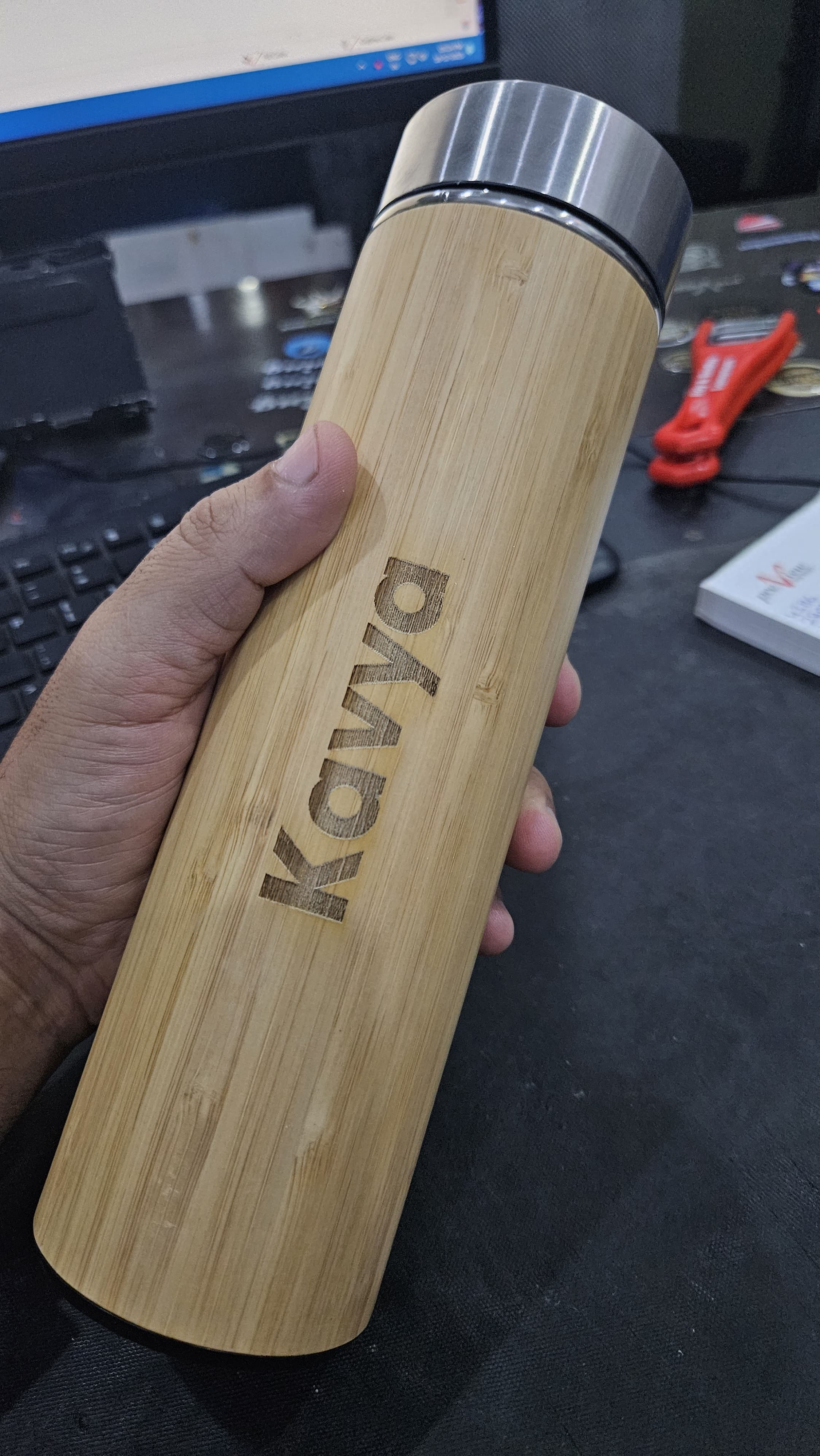Introduction
Bottle printing is an essential process in the manufacturing and packaging industries. It involves applying text, graphics, and other designs directly onto the surface of a bottle, allowing brands to showcase their identity, communicate product information, and appeal to consumers visually. This printing process is employed across various sectors, including food and beverage, cosmetics, pharmaceuticals, and more. As the demand for customized and eco-friendly packaging solutions grows, bottle printing technologies continue to evolve, offering new opportunities and challenges.
Significance of Bottle Printing
In today’s competitive market, packaging plays a crucial role in a product's success. The design and aesthetics of a bottle can significantly impact consumer purchasing decisions. Bottle printing allows companies to create visually appealing and functional designs that reflect their brand image and convey essential information such as product ingredients, usage instructions, and expiration dates.
Beyond aesthetics, bottle printing serves as a vital tool for branding and marketing. A well-designed bottle with high-quality printing can enhance brand recognition, creating a lasting impression on consumers. For instance, the iconic shape and label of a Coca-Cola bottle are instantly recognizable worldwide, demonstrating the power of effective bottle design and printing.
Types of Bottle Printing Technologies
Several printing technologies are used to print on bottles, each offering unique advantages and applications. Some of the most common methods include:
-
Screen Printing:
- Screen printing is one of the oldest and most widely used bottle printing techniques. It involves using a mesh screen to transfer ink onto the bottle surface, creating vibrant and durable designs. This method is particularly suitable for printing on glass and plastic bottles and is known for its ability to produce opaque and vivid colors. However, it can be relatively slow and is best suited for medium to large production runs.
-
Pad Printing:
- Pad printing is another popular technique, especially for irregularly shaped bottles. It uses a silicone pad to transfer ink from an etched plate onto the bottle's surface. This method is versatile and can print fine details and multi-colored designs. Pad printing is commonly used in the cosmetics and pharmaceutical industries, where precision and consistency are crucial.
-
Digital Printing:
- Digital printing has revolutionized the bottle printing industry by offering greater flexibility and customization options. Unlike traditional methods, digital printing does not require screens or plates, allowing for quick and cost-effective production runs. It is ideal for short runs, personalized designs, and full-color printing. Digital printing also supports variable data printing, enabling brands to create unique labels for each bottle.
-
Hot Stamping:
- Hot stamping is a technique that involves applying metallic foils or other decorative materials onto the bottle surface using heat and pressure. This method adds a premium look to bottles, making it popular in the luxury goods and cosmetic sectors. Hot stamping is typically used for logos, borders, and other accent details that require a shiny, metallic finish.
-
Heat Transfer Printing:
- Heat transfer printing uses heat to transfer a pre-printed design from a carrier film onto the bottle surface. This method is highly efficient and suitable for high-volume production runs. It offers excellent print quality and can be used on a variety of bottle materials, including plastic, glass, and metal.
Applications of Bottle Printing
Bottle printing is used across various industries, each with unique requirements and challenges:
-
Food and Beverage:
- In the food and beverage industry, bottle printing is essential for branding, regulatory compliance, and consumer information. Labels must include details such as ingredients, nutritional information, and expiration dates. Additionally, the design must be visually appealing to attract consumers in a crowded marketplace.
-
Cosmetics:
- Cosmetic bottles often require intricate designs and high-quality printing to reflect the brand's luxury and sophistication. Bottle printing in this industry must also withstand exposure to oils, moisture, and other substances commonly found in cosmetic products.
-
Pharmaceuticals:
- In the pharmaceutical industry, accuracy and clarity are paramount. Bottle printing must ensure that dosage instructions, expiration dates, and other critical information are legible and durable. Regulatory compliance is also a significant consideration, as printed information must meet specific standards and guidelines.
-
Household Products:
- Household products, such as cleaning agents and detergents, require durable and resistant bottle printing. The printed labels must endure exposure to harsh chemicals and frequent handling without fading or peeling.
Environmental Impact and Sustainability
As environmental concerns become increasingly important, the bottle printing industry is shifting toward more sustainable practices. Traditional printing methods often involve the use of solvent-based inks and other materials that can be harmful to the environment. However, advancements in ink formulations, such as water-based and UV-curable inks, are reducing the environmental impact of bottle printing.
Additionally, digital printing technologies are helping to minimize waste by allowing for precise and on-demand production. This reduces the need for large inventories of pre-printed bottles, which can lead to excess waste if not used.
Furthermore, the industry is exploring eco-friendly materials for bottles and labels, such as biodegradable plastics and recycled materials. Brands are also adopting reusable bottle programs, where durable printed designs encourage consumers to reuse bottles, reducing single-use plastic waste.
Conclusion
Bottle printing is a dynamic and essential aspect of modern packaging, enabling brands to communicate with consumers effectively while enhancing their product’s visual appeal. As technologies advance and sustainability becomes a priority, the bottle printing industry is poised to continue evolving, offering innovative solutions that meet the demands of today’s market. Whether through digital printing’s flexibility or the luxurious finish of hot stamping, bottle printing remains a vital tool for brands looking to make a lasting impression.
